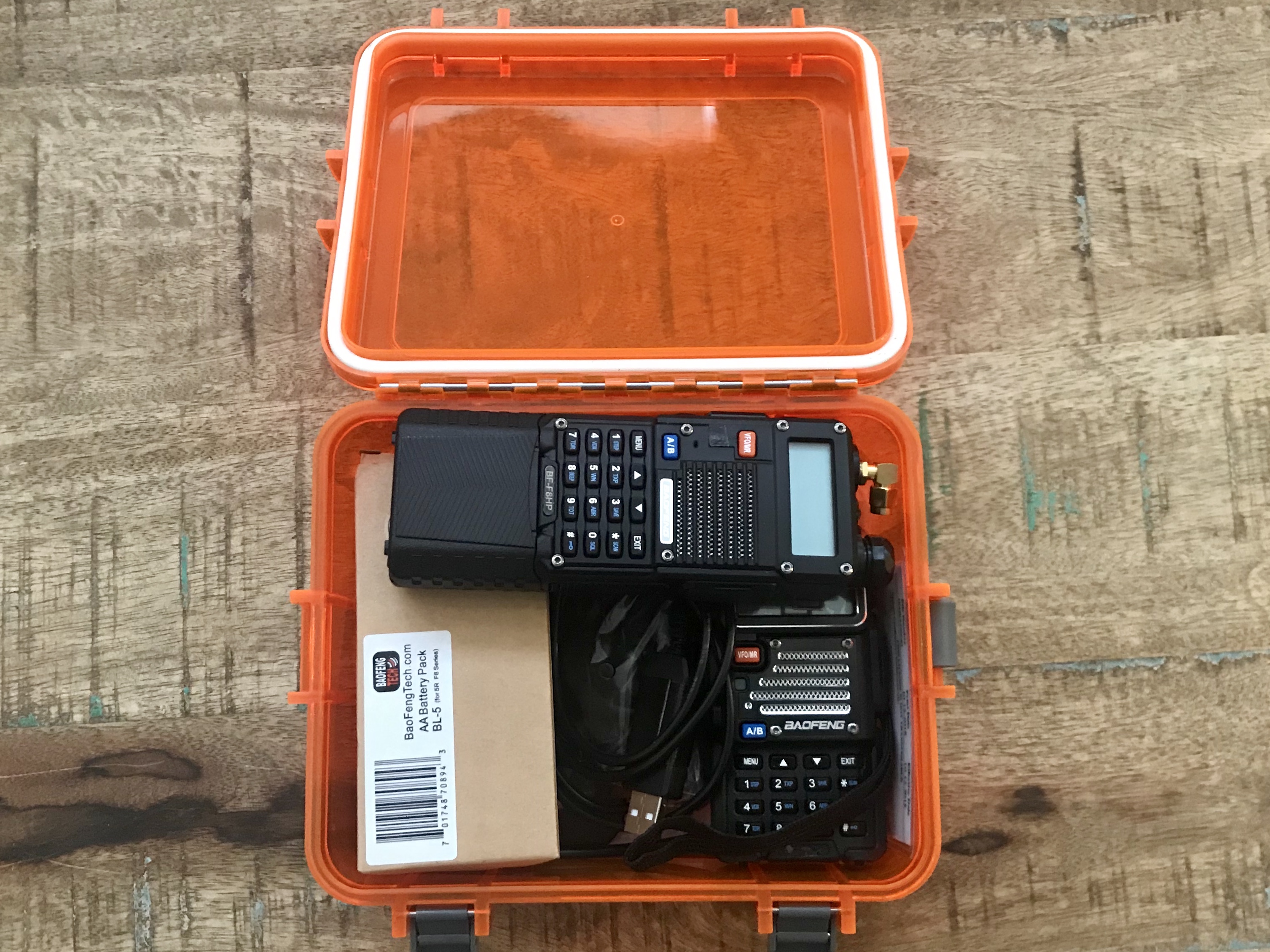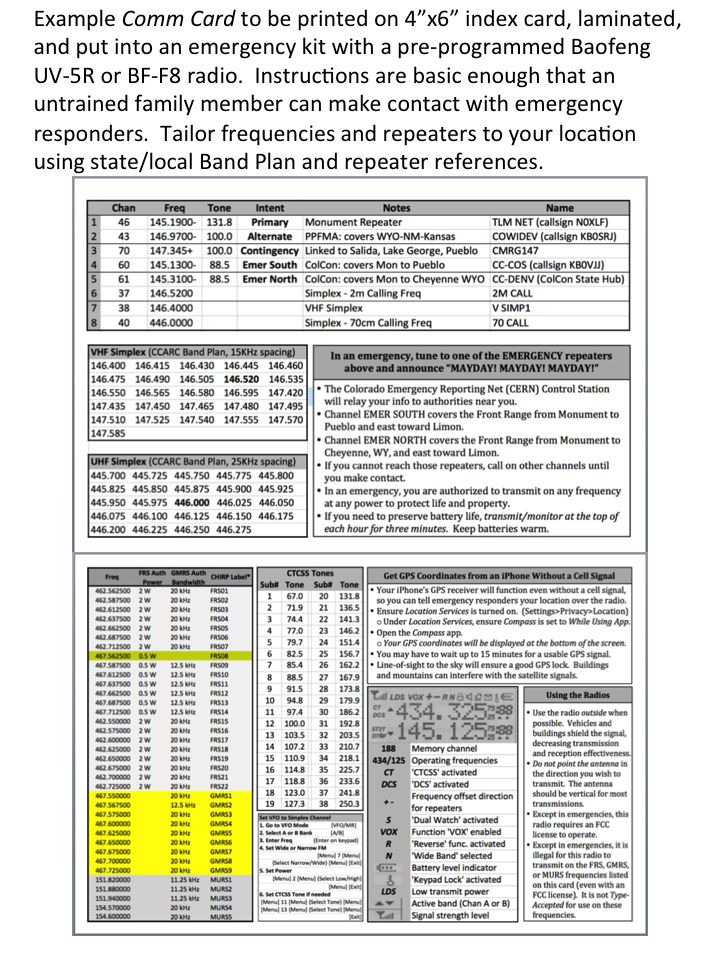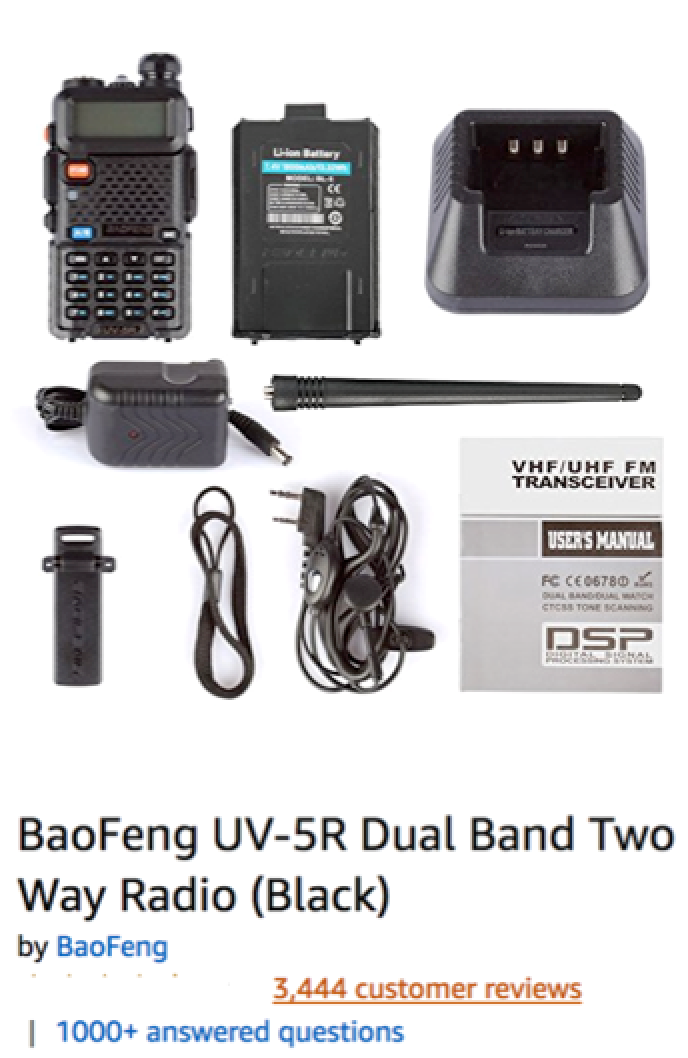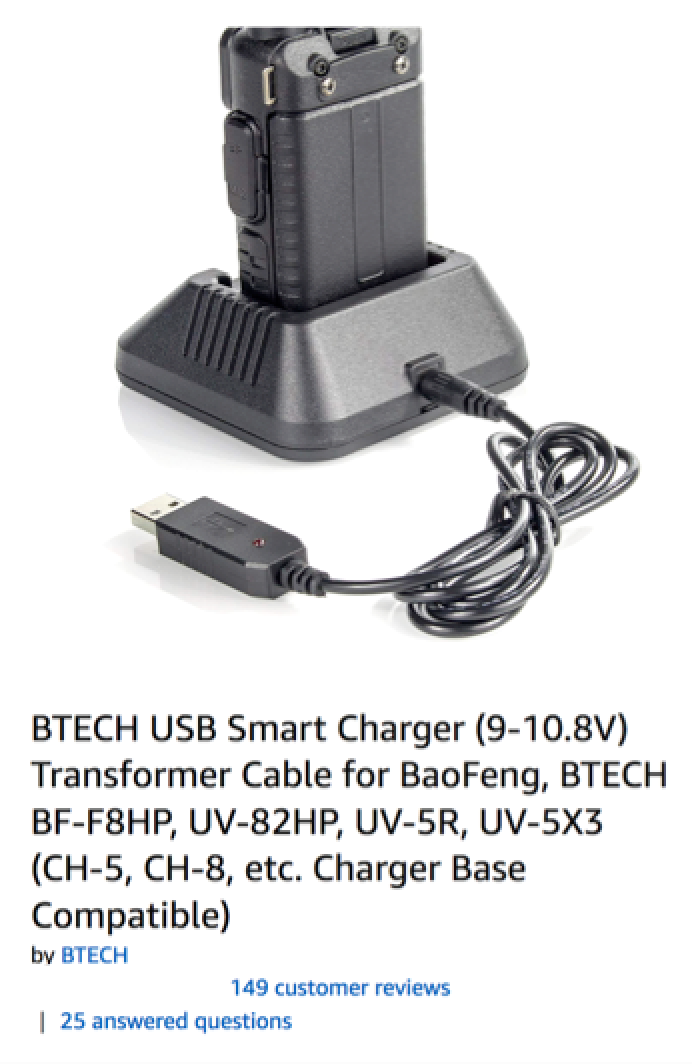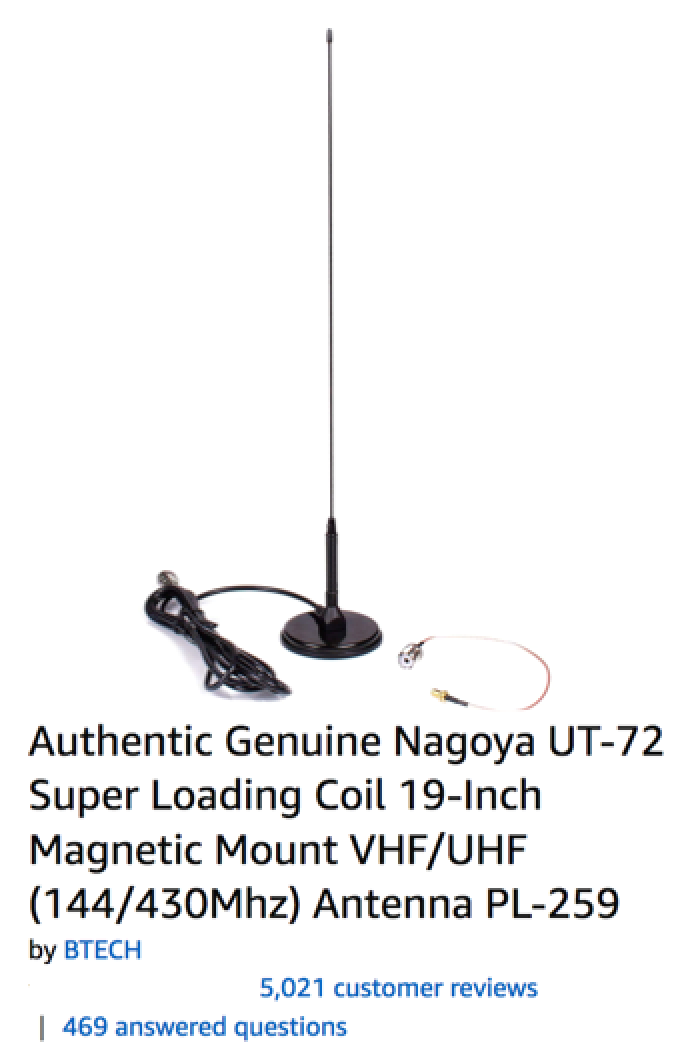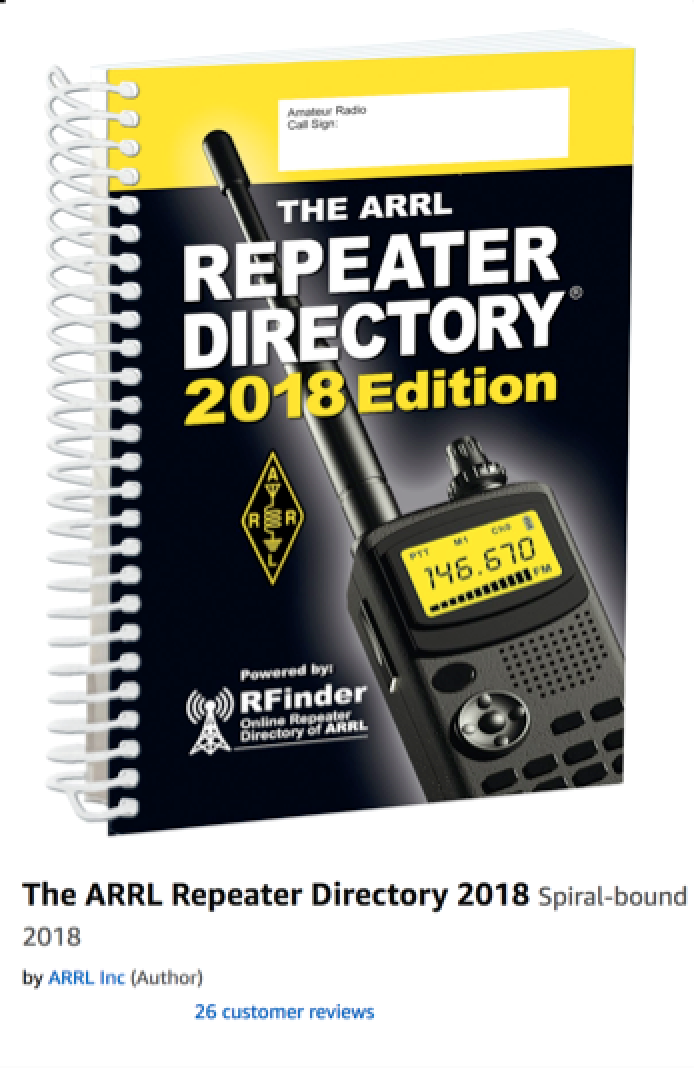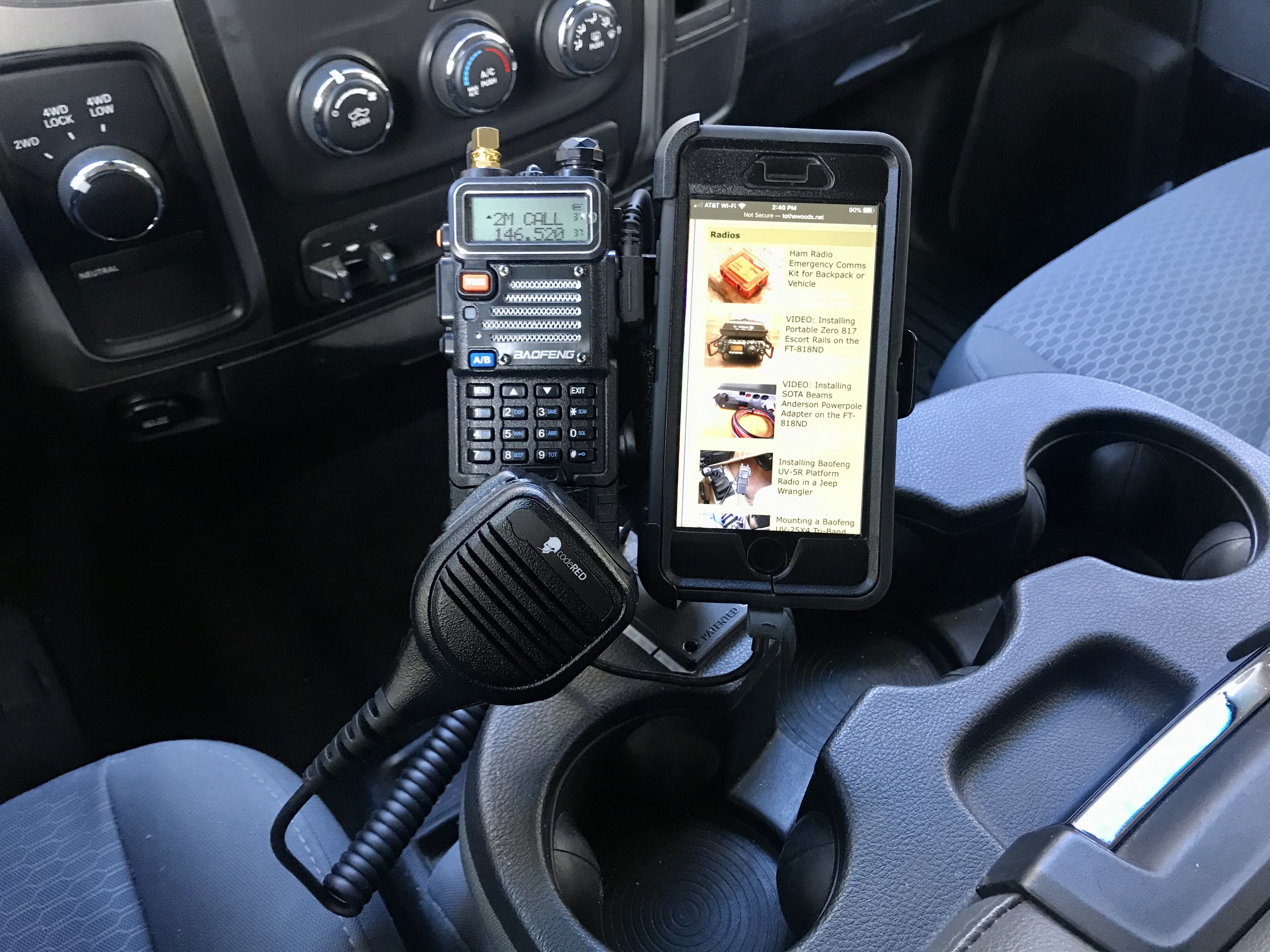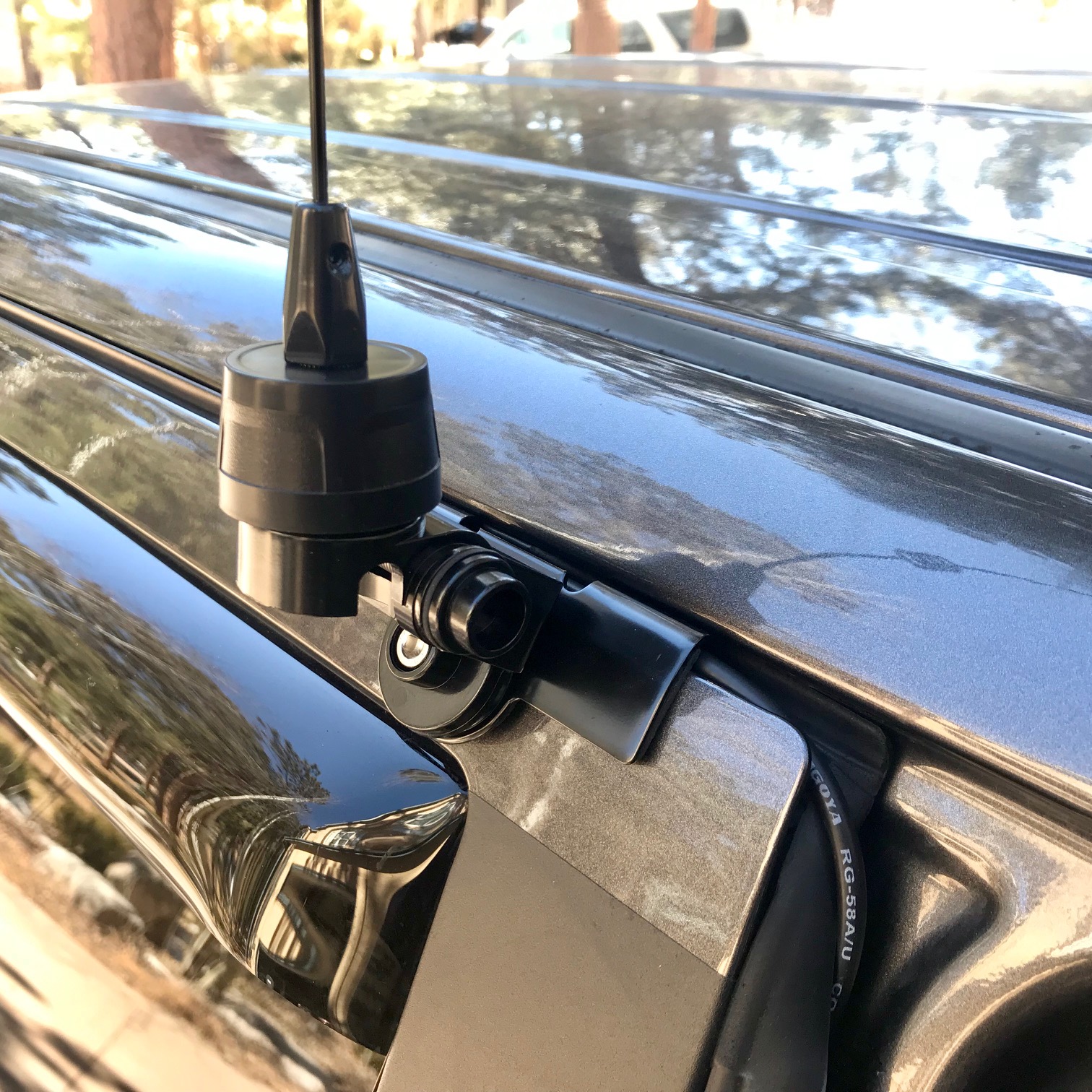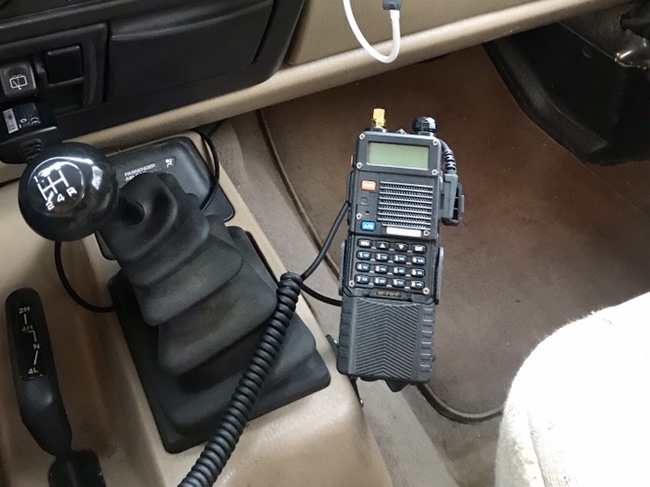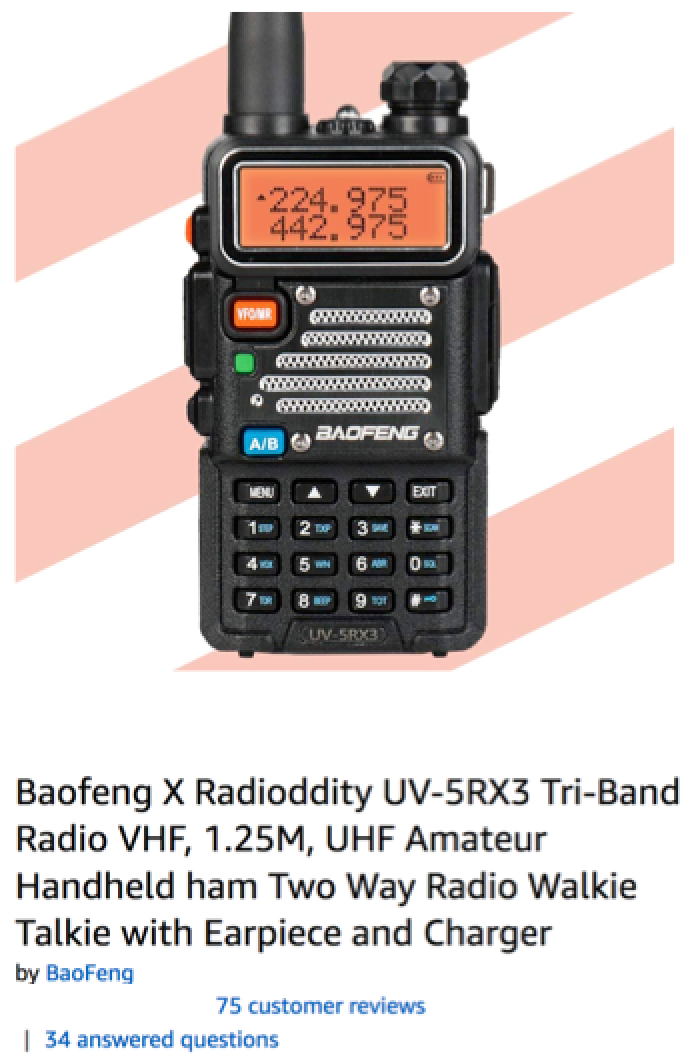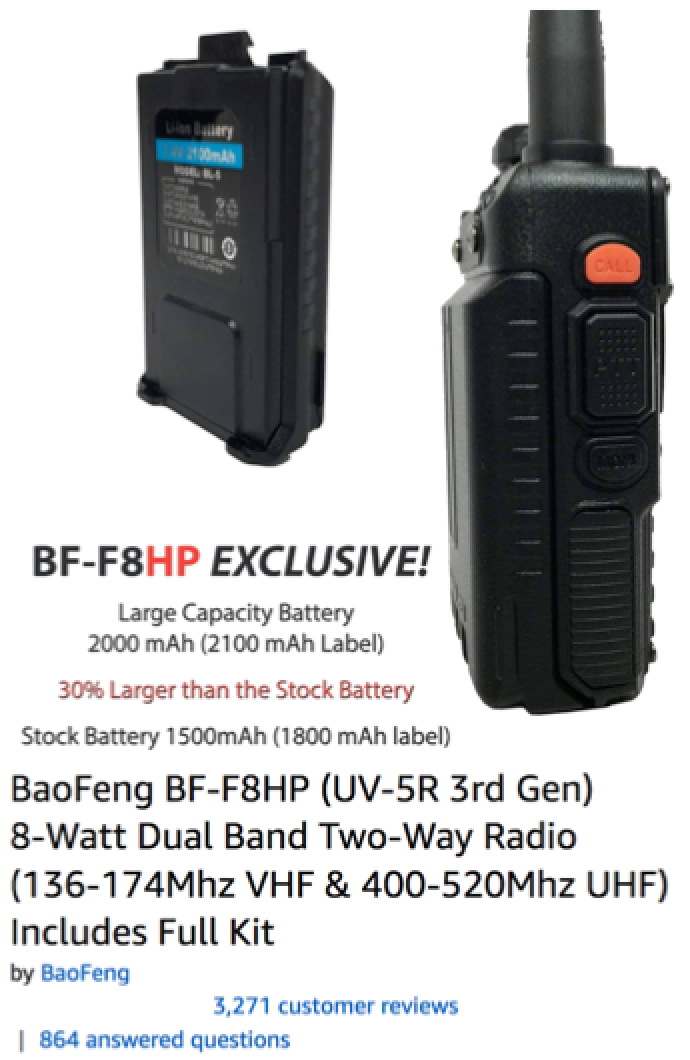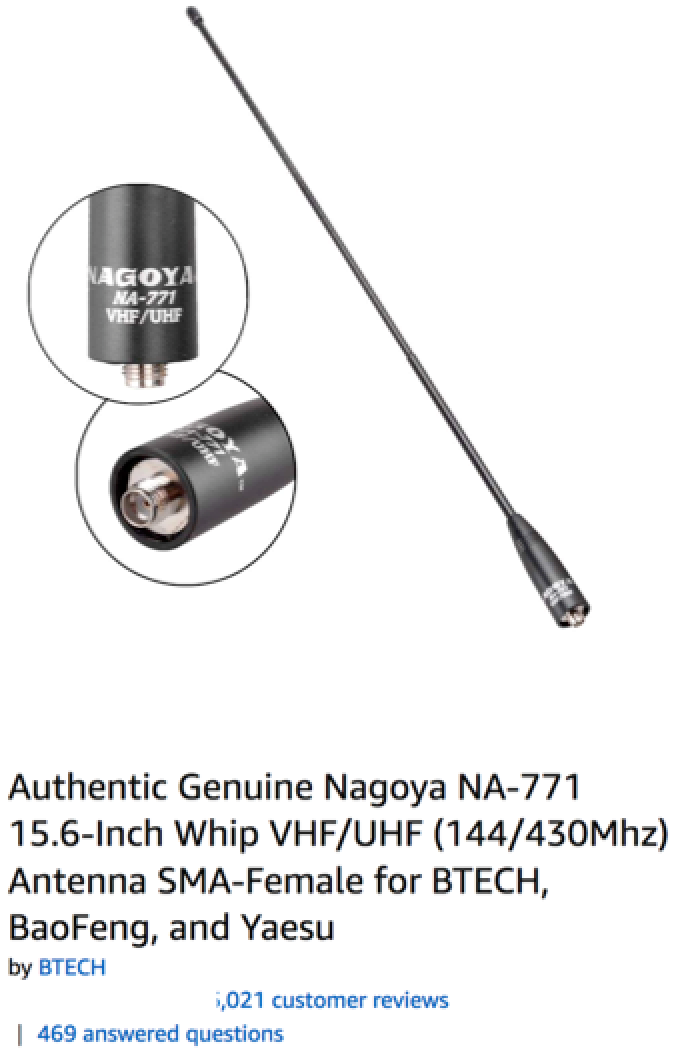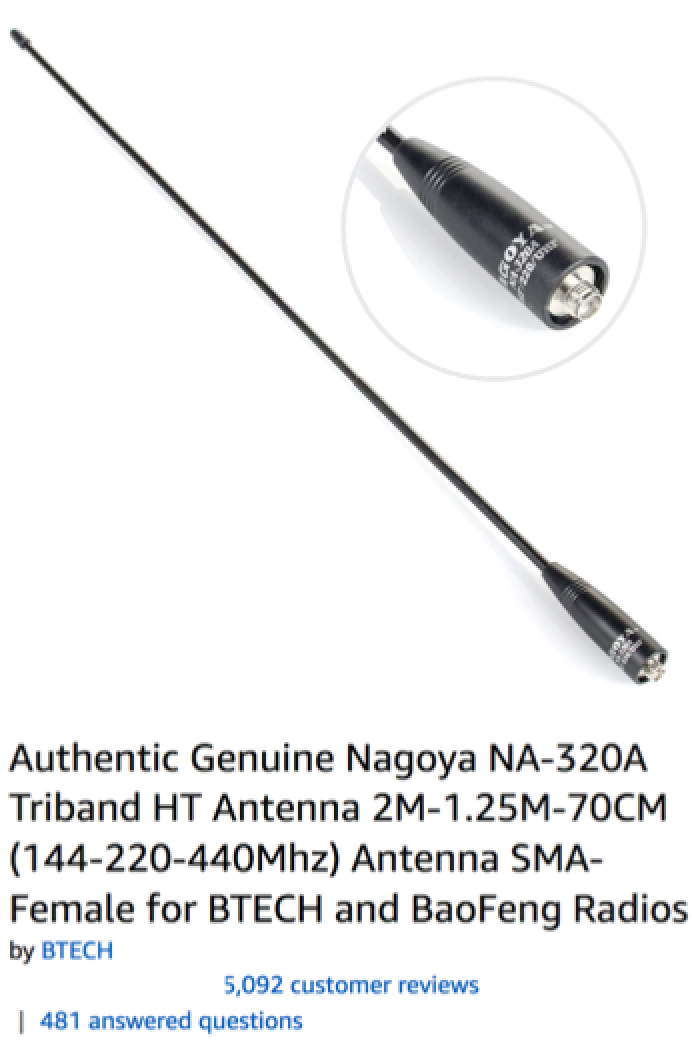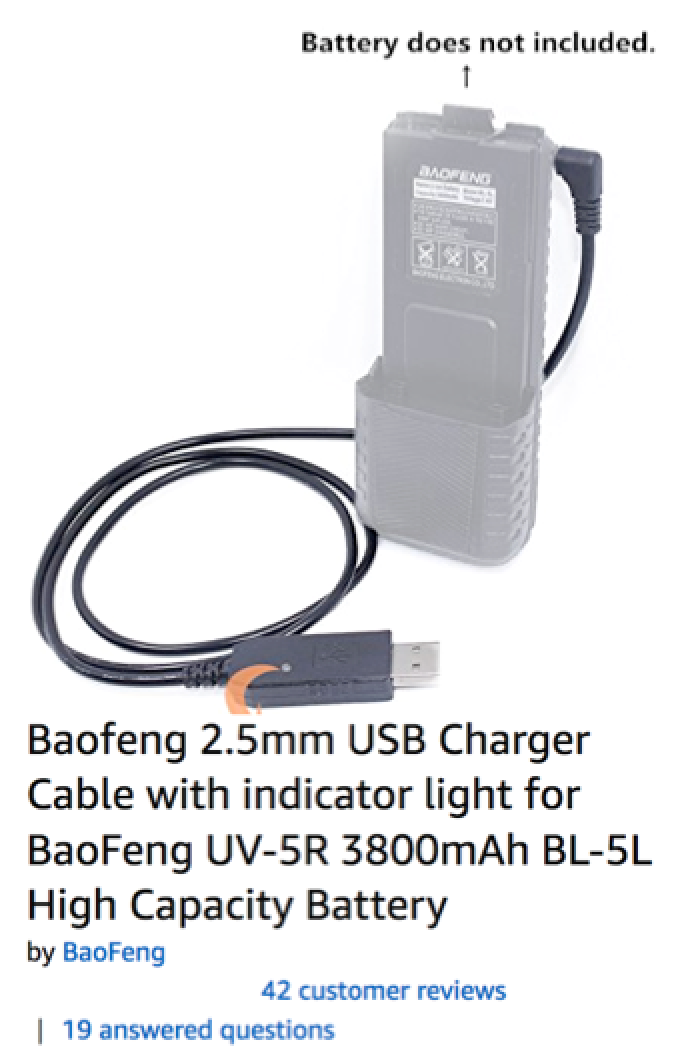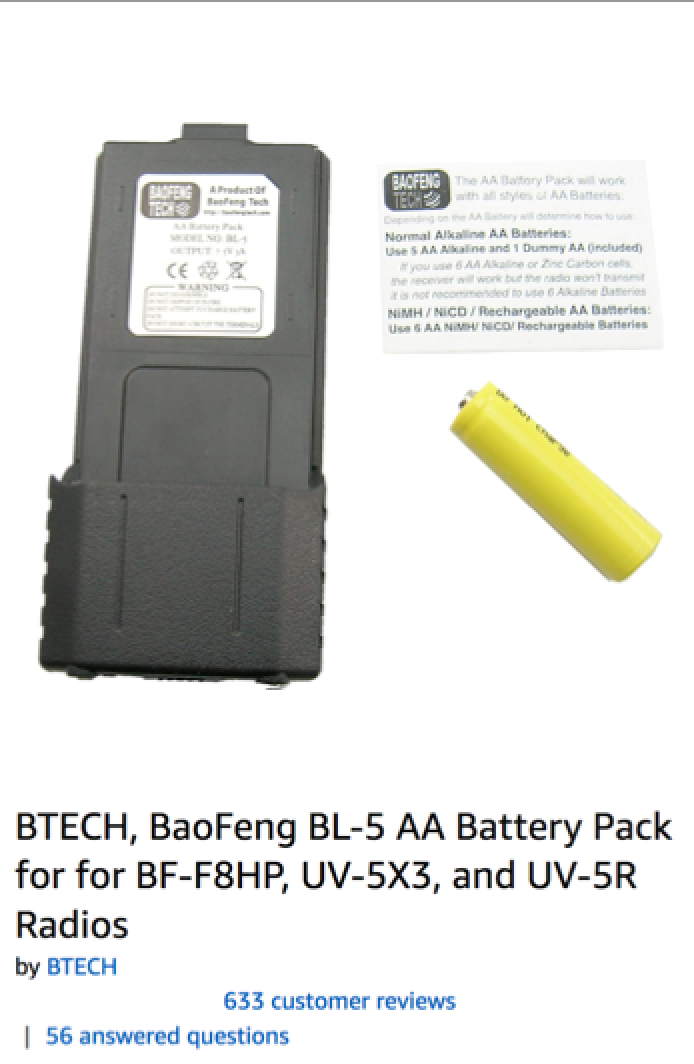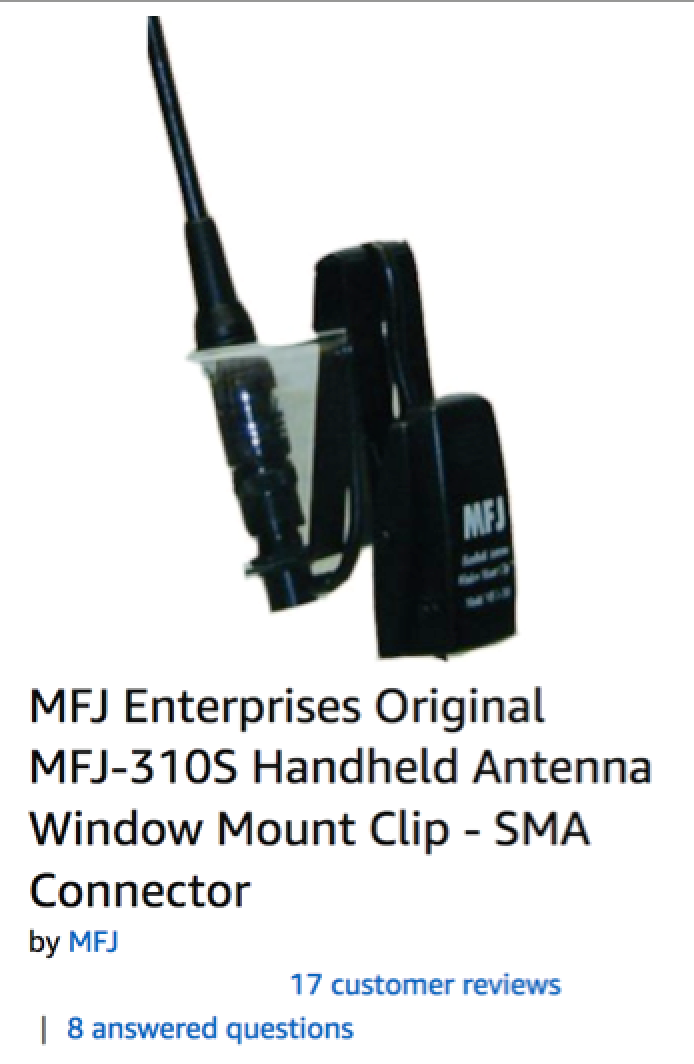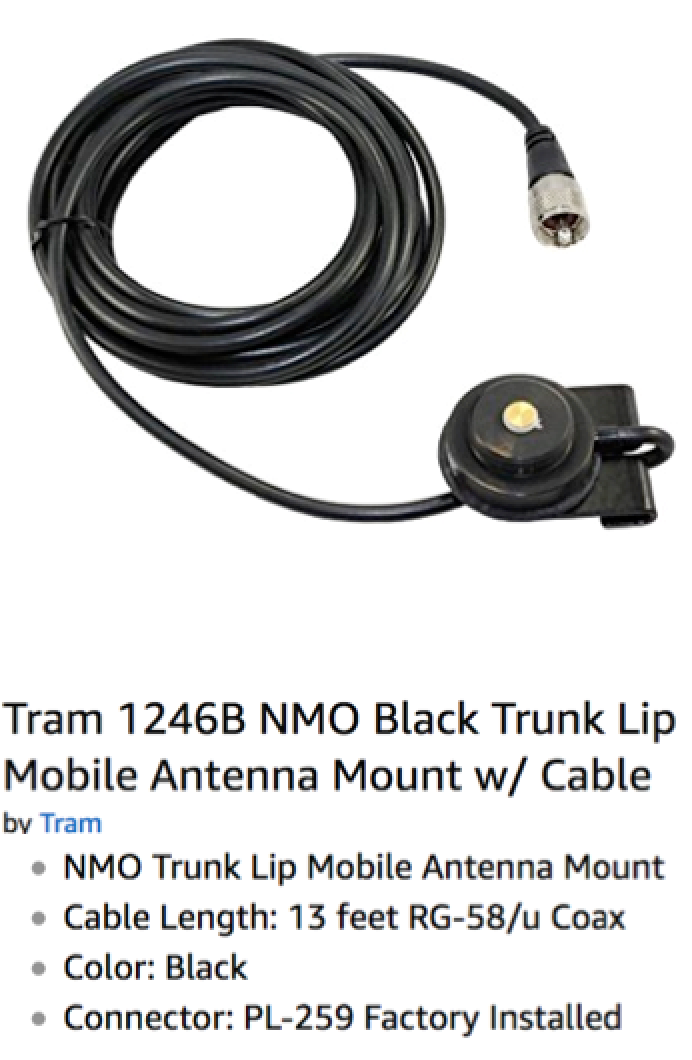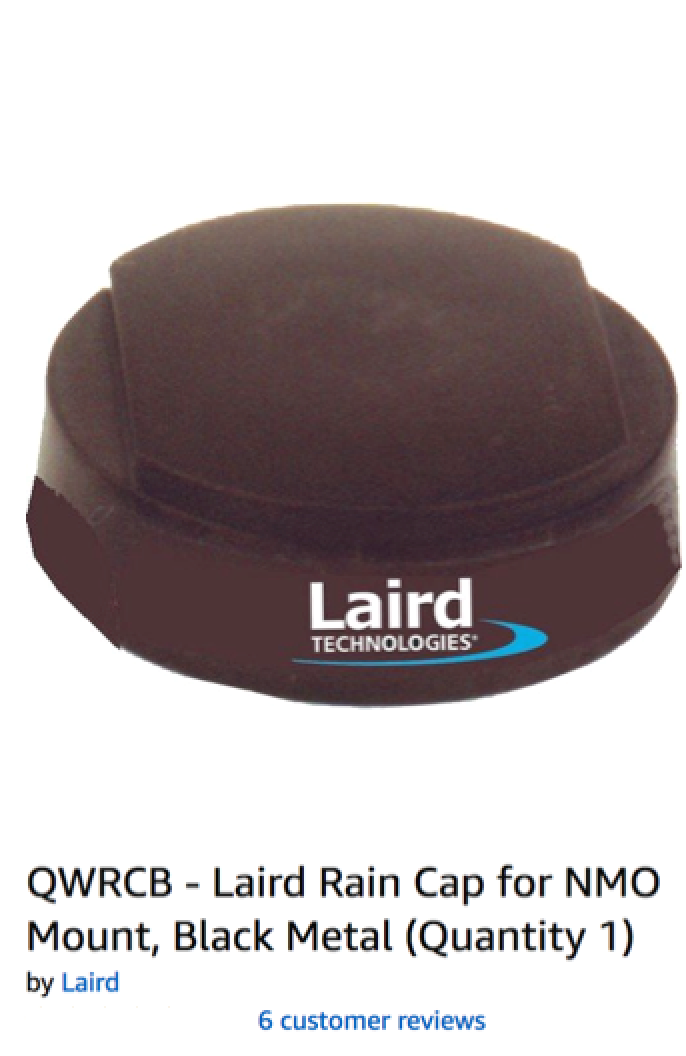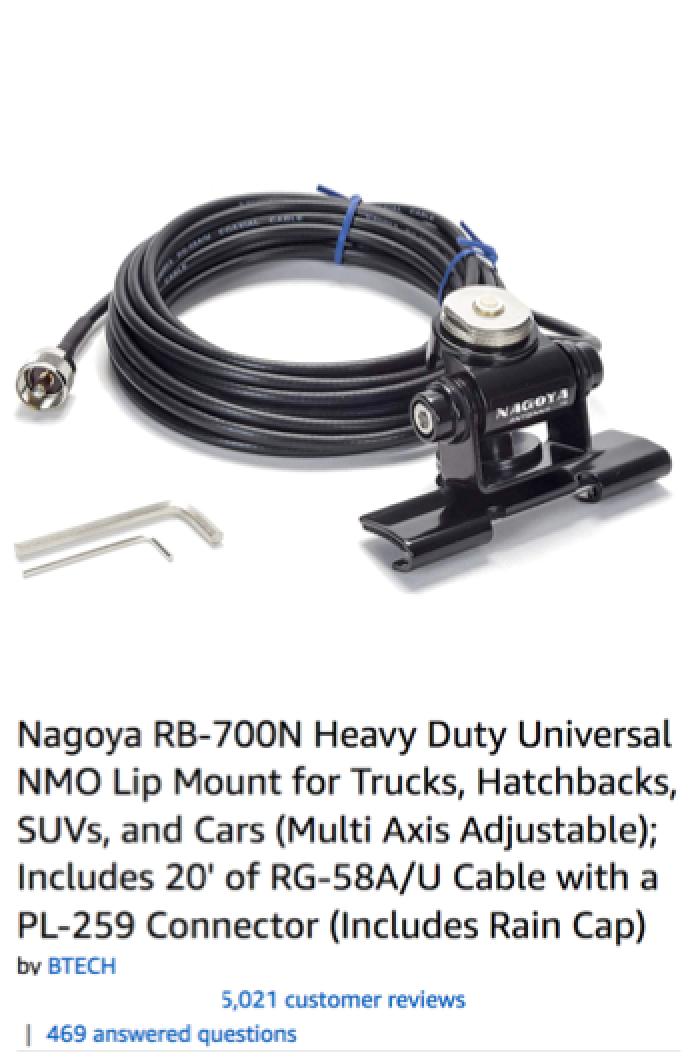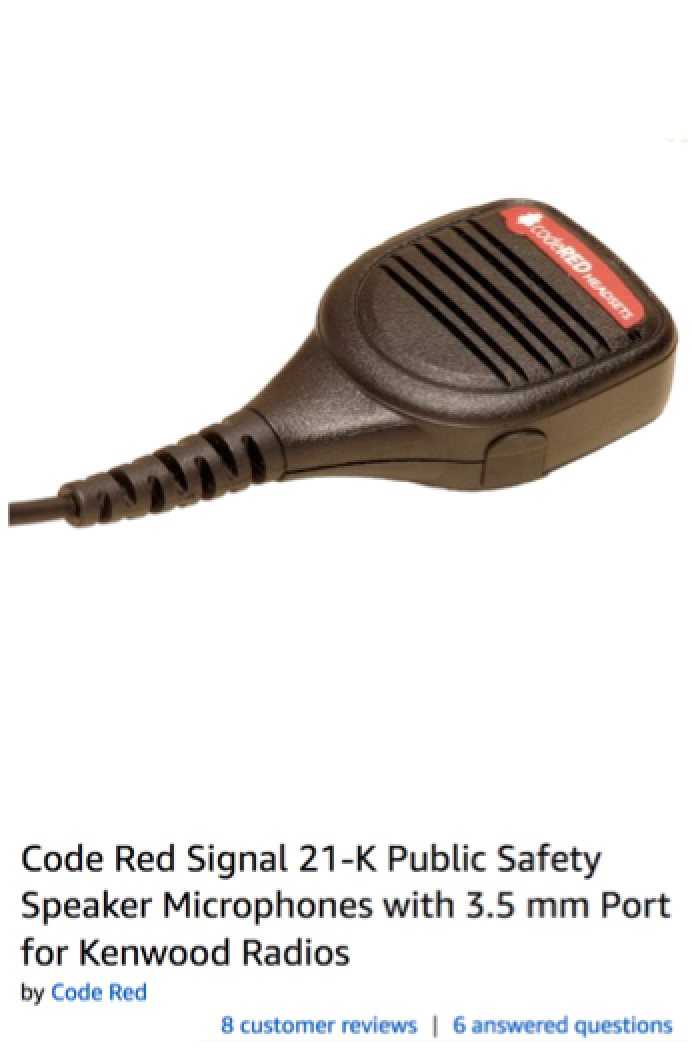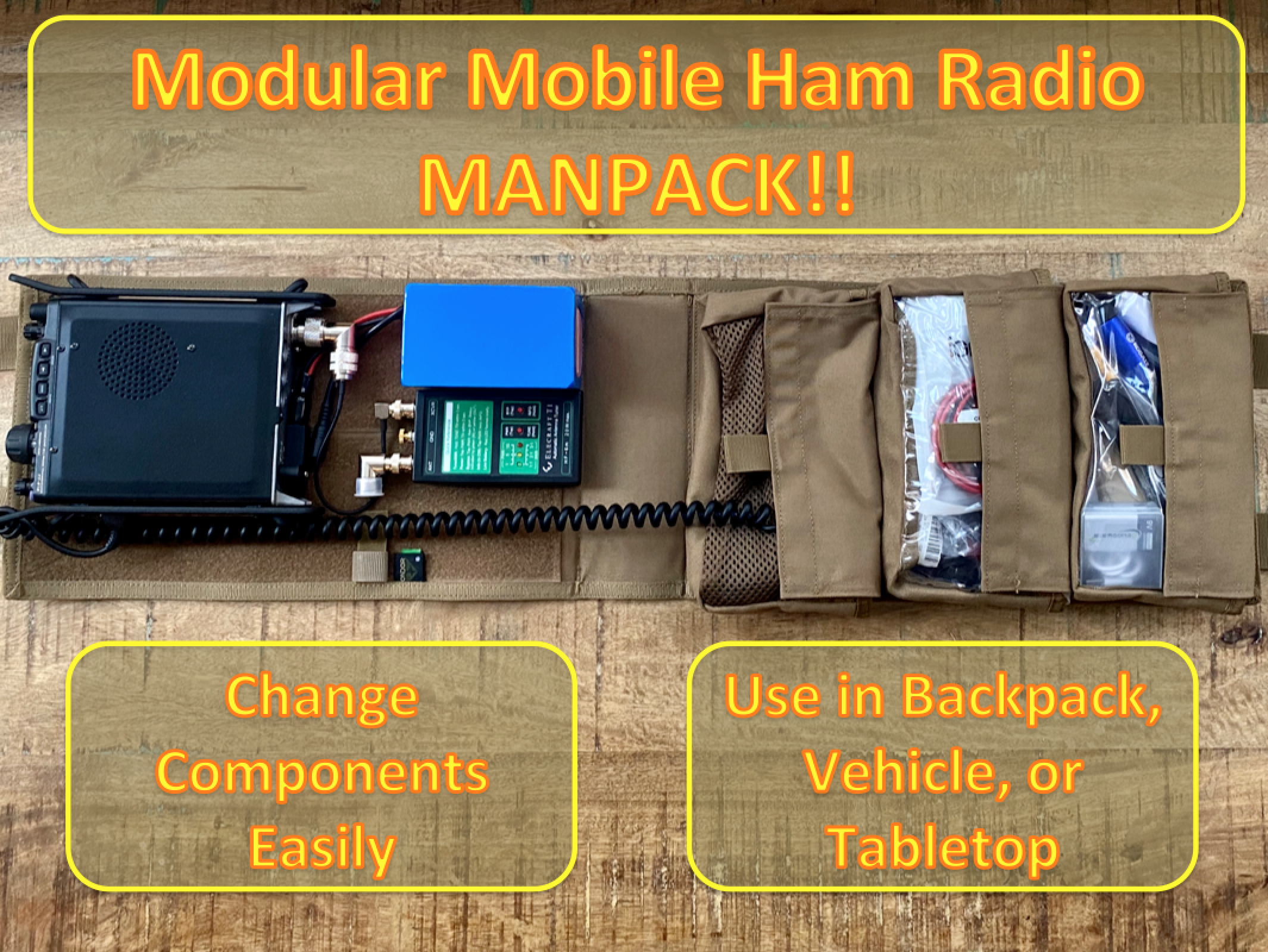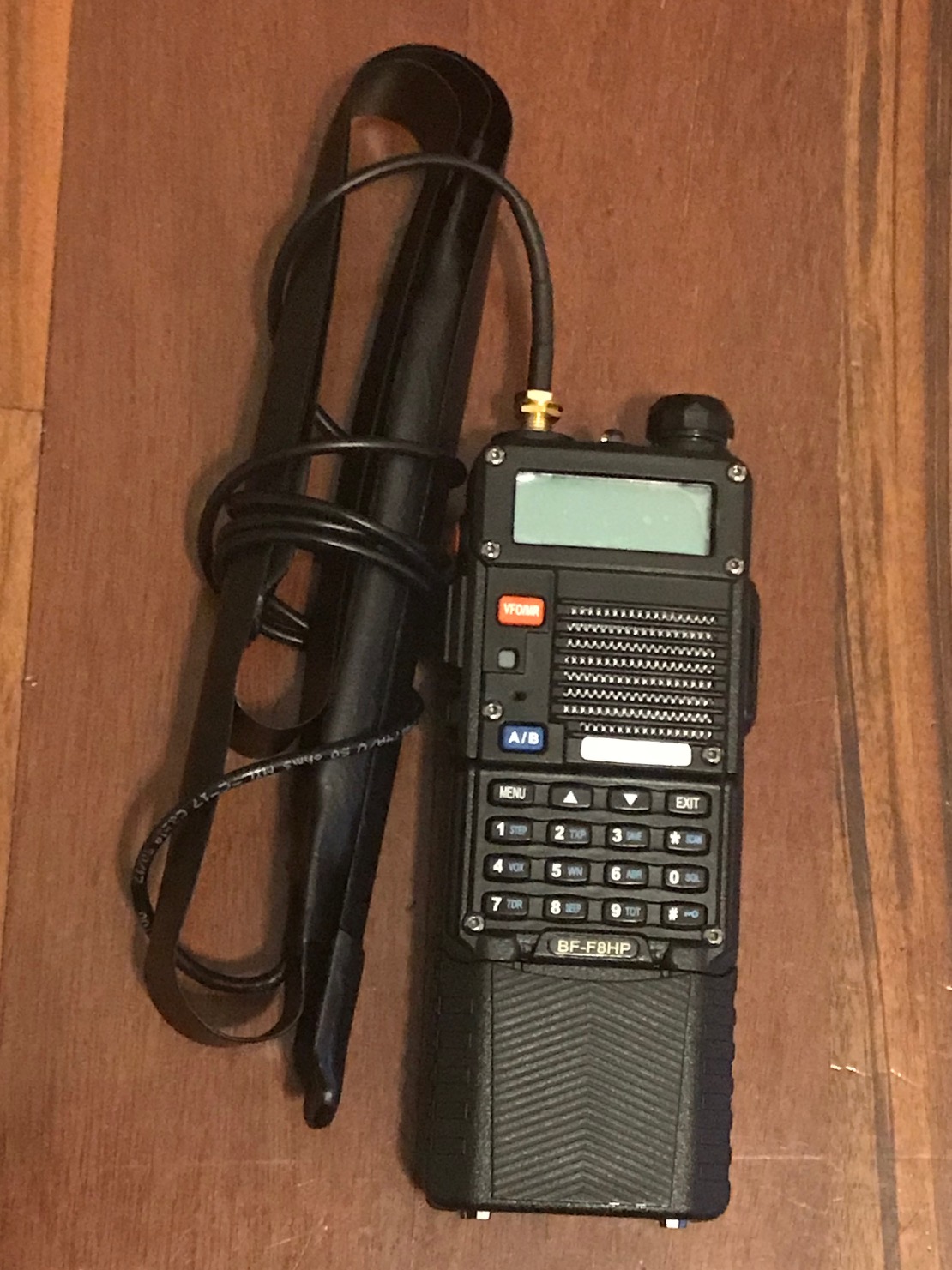Portable Ham Radio Kit for Backpacking or Emergency Communications (EMCOMM) Kit (VHF/UHF)
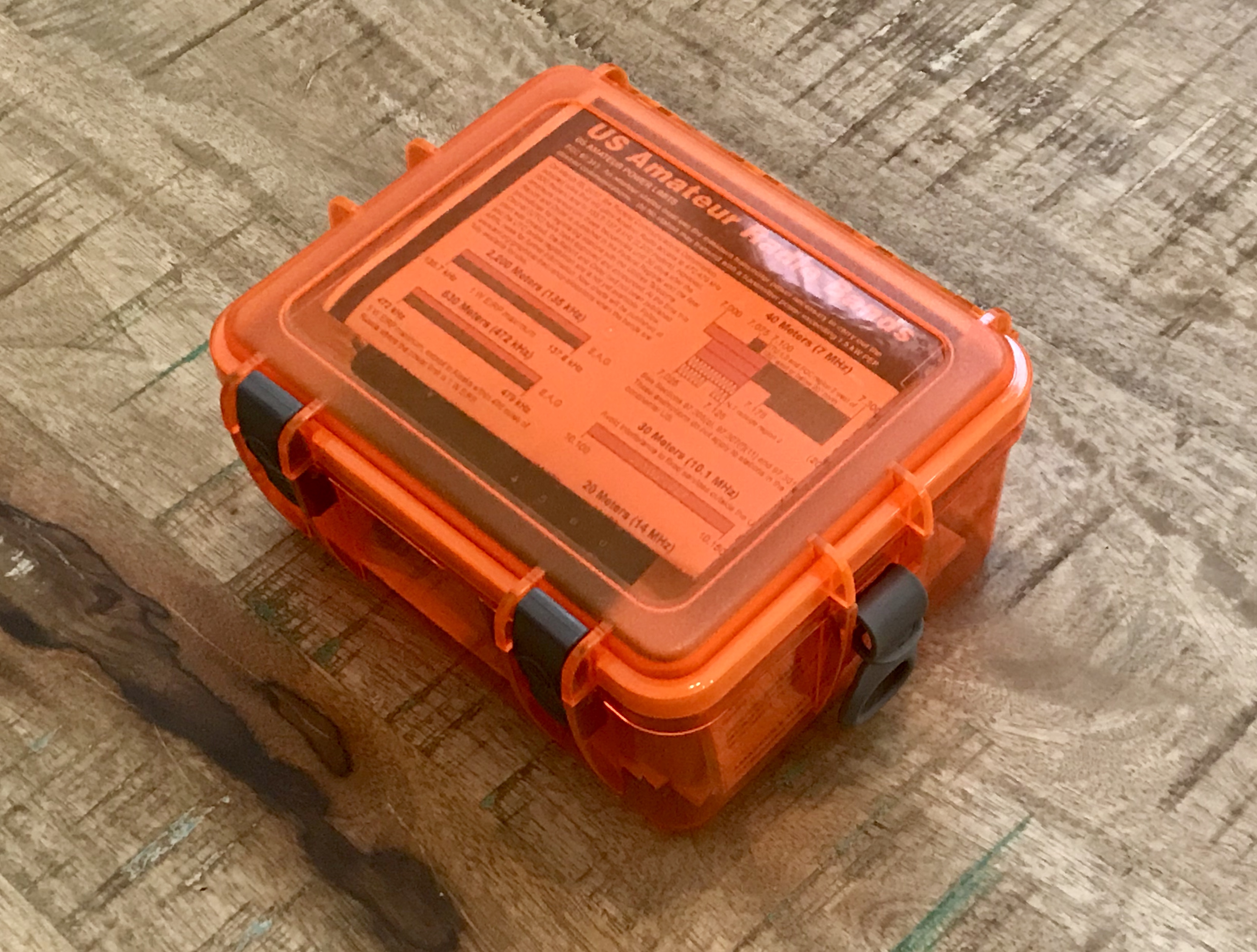
Small Kit, Ready to Go
As the common ham radio saying goes, everything is a compromise of competing goals--and building a portable emergency communications (EMCOMM) kit is no exception. I build this kit for my vehicles but it will fill the role for hiking, camping, or backpacking just as well.
For EMCOMM, the primary decisions invovled balancing function, convenience, and cost. This article provides options for a very basic (i.e., inexpensive) foundation from which to begin building the capability to communicate over ham radio when the cell phone network is not available--when in the backcountry or after a major storm, for example.
I plan to get a nice handheld transceiver (HT, or Handy Talky) in the future, but my first priority was to implement an immediate plan for communicating during emergencies, and I wanted more than the ability to call over a repeater. I wanted two radios in each vehicle in case I couldn't contact a repeater and one of us had to walk for help. For us, that meant ten radios because my kids have vehicles, too. So I was faced with a decision: I could buy two Yaesu handhelds for about $300, or ten Baofengs for about the same price. I chose the latter, for now.
Be advised that you need a license to transmit legally on these radios, and even with a license it is not legal to transmit with them on FRS and GMRS. Even though you can program these frequencies into your Baofeng and listen, it's against FCC regulations to transmit with this much power on FRS and GMRS, and FRS radios cannot have removable antennas.
Also, be advised that you'll need to program these radios (or any ham radio) after you receive them. The easiest way is to use the CHIRP software and an aftermarket programming cable.
I'll start this article with a simple kit that balances capability with cost and convenience, and then include options to upgrade for additional capabilities. The images below show what I have in two of my kits, which includes some extras from experimenting with the products discussed below as I settled on what works for me. I have experience with almost all of the products I discuss below, and attempt to provide the pros and cons for each one.
-
Design Criteria:
- Functional: able to communicate with repeaters to request help in areas without cell phone coverage
- Functional: able to establish point-to-point comms in case one of us needs to walk for help
- Compact: unintrusive of cargo space so we're not tempted to remove it
- Inexpensive: able to put them in all of our vehicles without financial burden
Lastly, a disclosure because an honest penny is better than a dishonest dollar. The Amazon links below are affiliate links, so I might earn a small fee if you use them to purchase a product. It does not change the consumer's cost because it comes from Amazon's advertising budget, but it helps me cover the site's operating costs.

